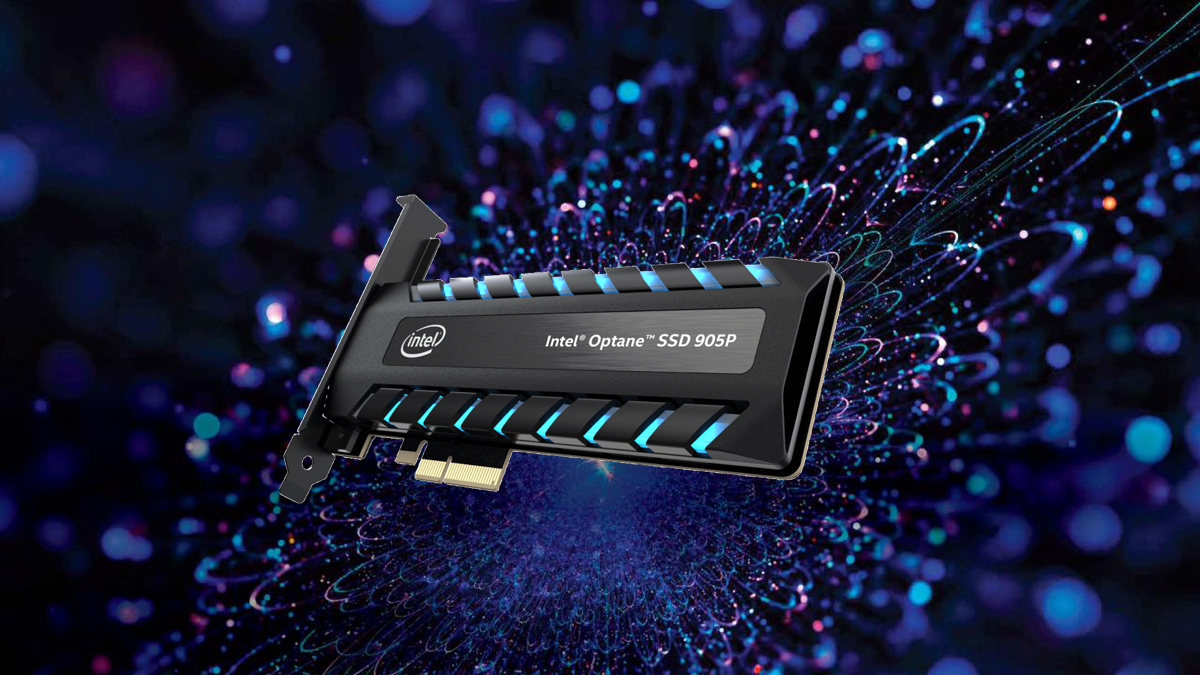Intel Optane SSD 905P Review: World's Fastest SSD Gets LEDs
Why you can trust Tom's Hardware
Conclusion
It's fast and flashy, but the Optane 905p is also expensive. Intel kicked it up a notch, but is that enough to silence the critics?
At $1,300, the 960GB Optane SSD 905P is the most expensive SSD ever designed for consumers and prosumers, but it's worth the price because it is the fastest SSD on the market. It doesn't matter if you primarily play games or render nuclear simulations for the Pentagon: this is the uncontested performance champion.
Synthetic benchmarks can be misleading if you don't know how to interpret the results. The Optane 905p loses to other drives in some specific synthetic benchmarks, but Intel designed it to increase real-world performance by focusing on performance that matters. That often consists of mixed workloads at low queue depths, and the Intel 905P wins that contest every time.
If you're an extreme performance enthusiast with an 18-core processor, 128GB of system memory, multiple video cards, and a titanium computer case with glass panels, you won't bat an eye at the asking price. The 905P has LEDs, it's fast, and you will love it.
Professional users fit into a broad group, and the effectiveness of this product really depends on the application. The 905P can force feed your high core-count processor with data so it doesn't have to sit idle waiting, but it's difficult to know if your system will benefit without a comparison between your existing drive and the 905P. If your application loads a lot of data from storage, it's safe to say that the 9-Series will decrease the time it takes to complete the assigned task. Intel uses a Houdini benchmark to show an Optane drive cutting the render time to less than half that of the 1.2TB Intel 750 SSD. That's a big improvement over the previous performance leader. Reducing a task from ten hours to four is a great accomplishment, and while it's an extreme example, it does show what is possible if you have workloads that can use Optane fully.
I don't run workloads that take several hours, but I've used the 480GB Optane SSD 900P in my general-use desktop for months. My system is noticeably faster across the board for everything that requires disk activity, and it provides the best user experience I've ever had. It doesn't matter if I'm surfing the web, moving through a few hundred tabs that I hope to read one day, or loading Command & Conquer to play against my kids.
The most noticeable performance increase comes from building Blu-ray ISOs from files with ImgBurn. For the most part, this is an application people run in the background while doing other tasks, so it isn't something you wait on. Still, a 20 to 30% reduction in the amount of time it takes to finish the process is a significant improvement. I don't think it I would spend $1,300 to save an hour a month, but the smaller 900P SSDs open the door for non-professionals to have the same user experience without breaking the bank.
Get Tom's Hardware's best news and in-depth reviews, straight to your inbox.
MORE: Best SSDs
MORE: How We Test HDDs And SSDs
MORE: All SSD Content

Chris Ramseyer was a senior contributing editor for Tom's Hardware. He tested and reviewed consumer storage.
